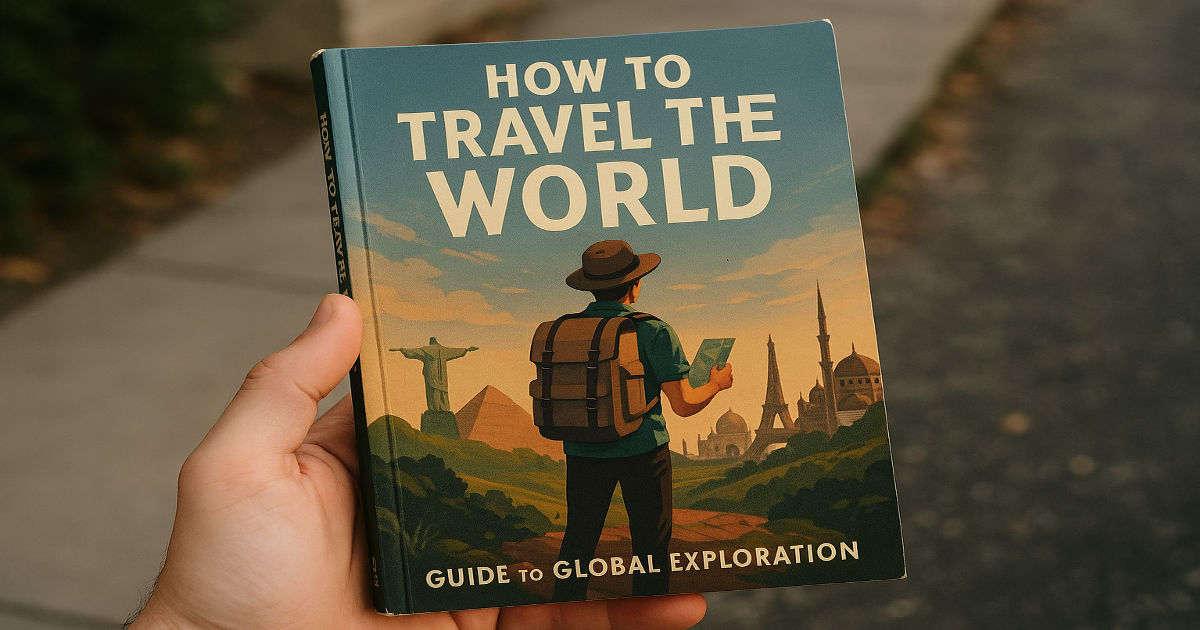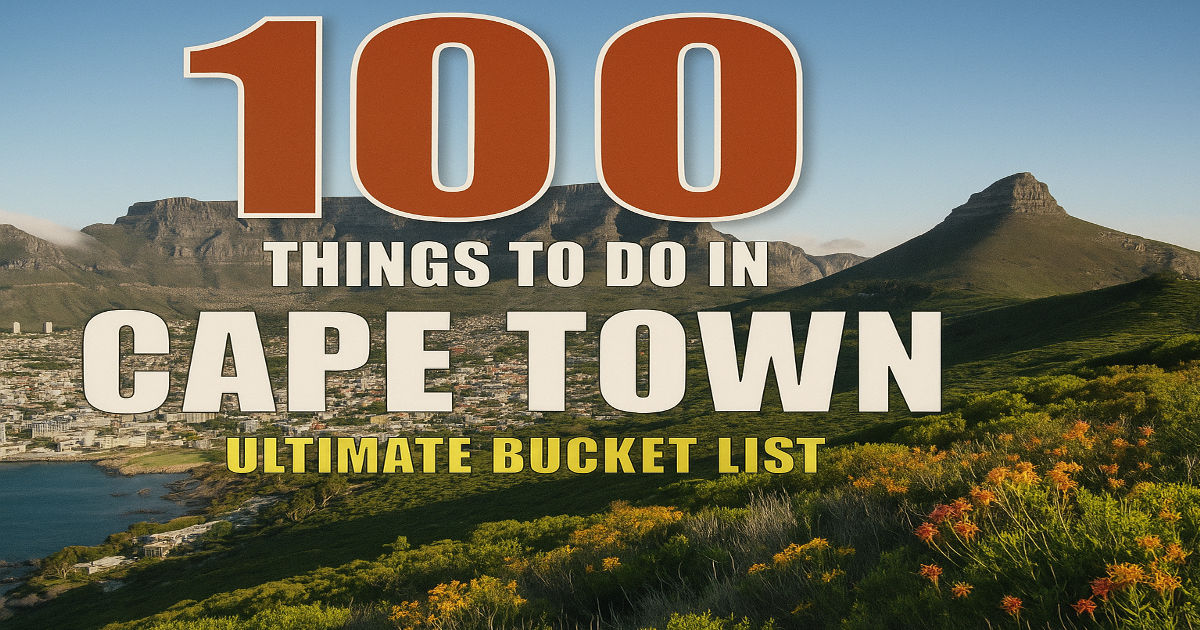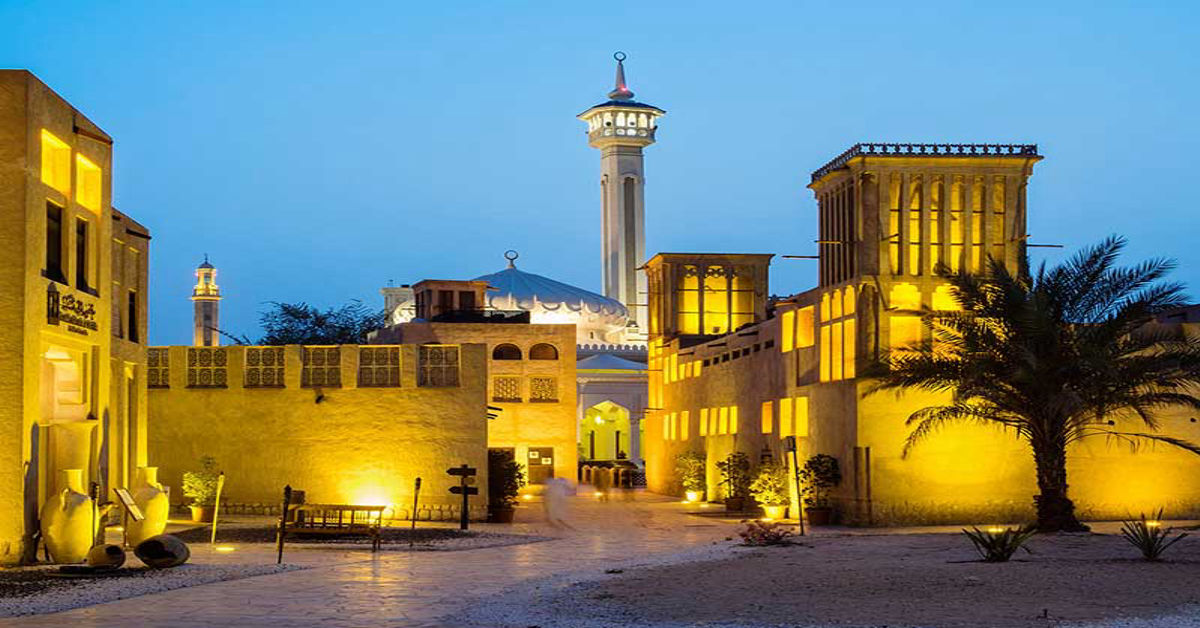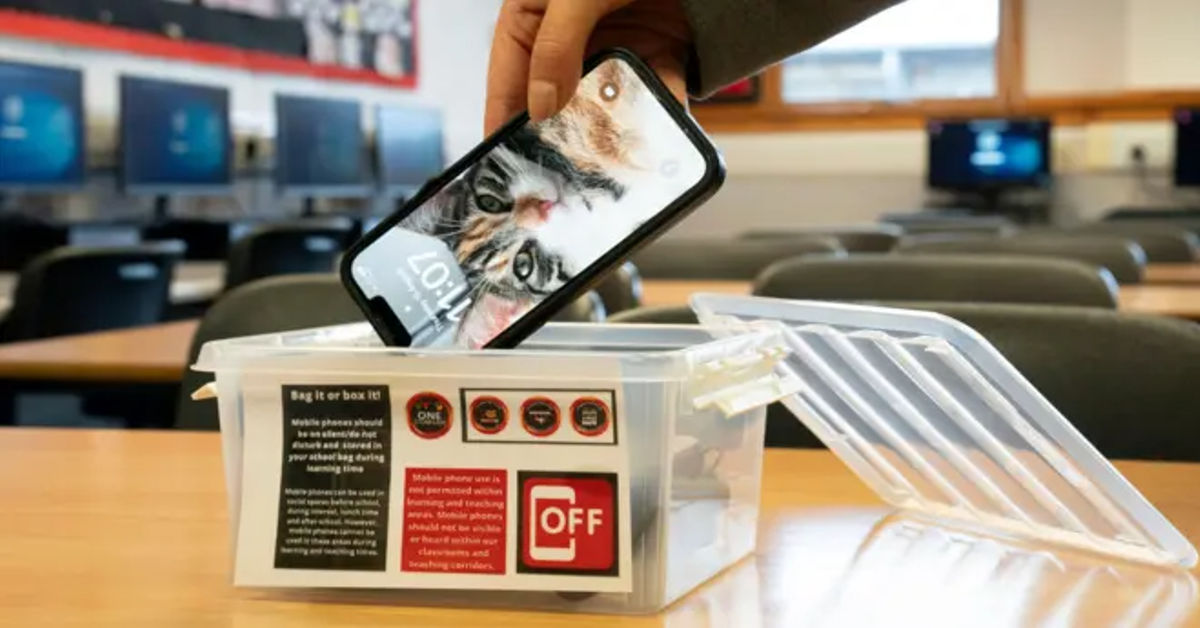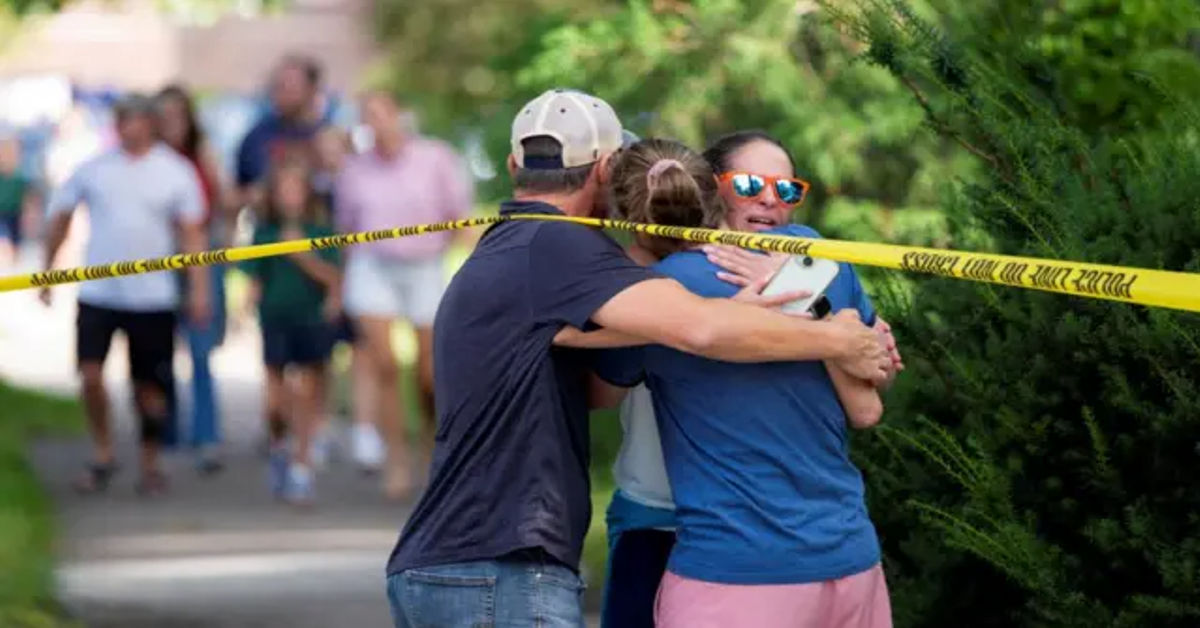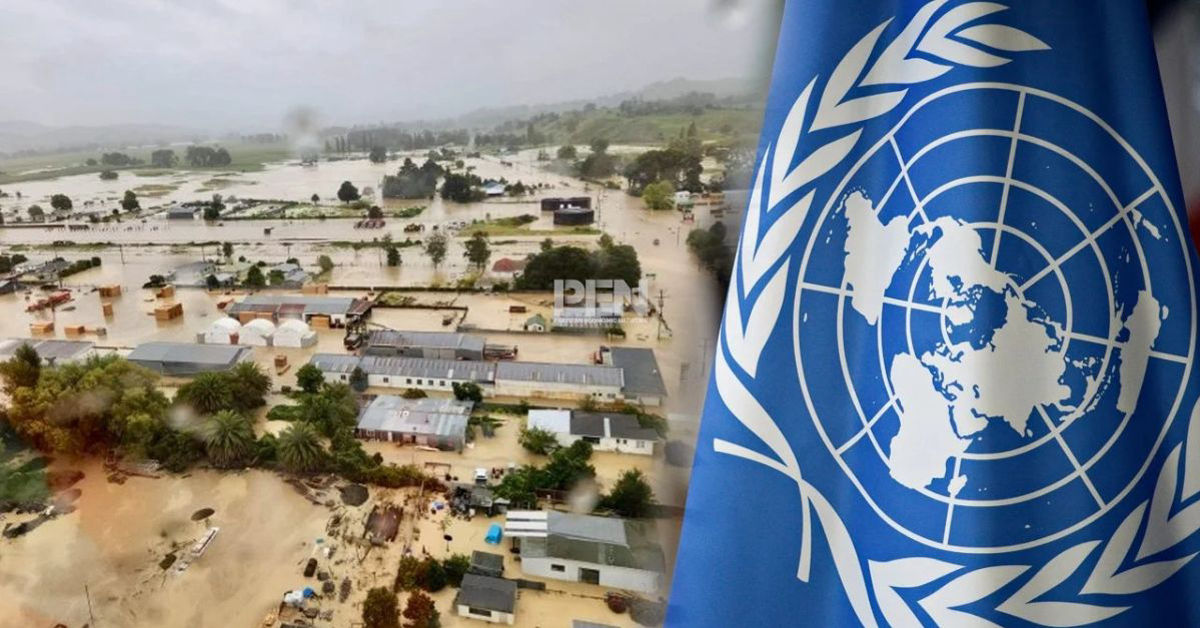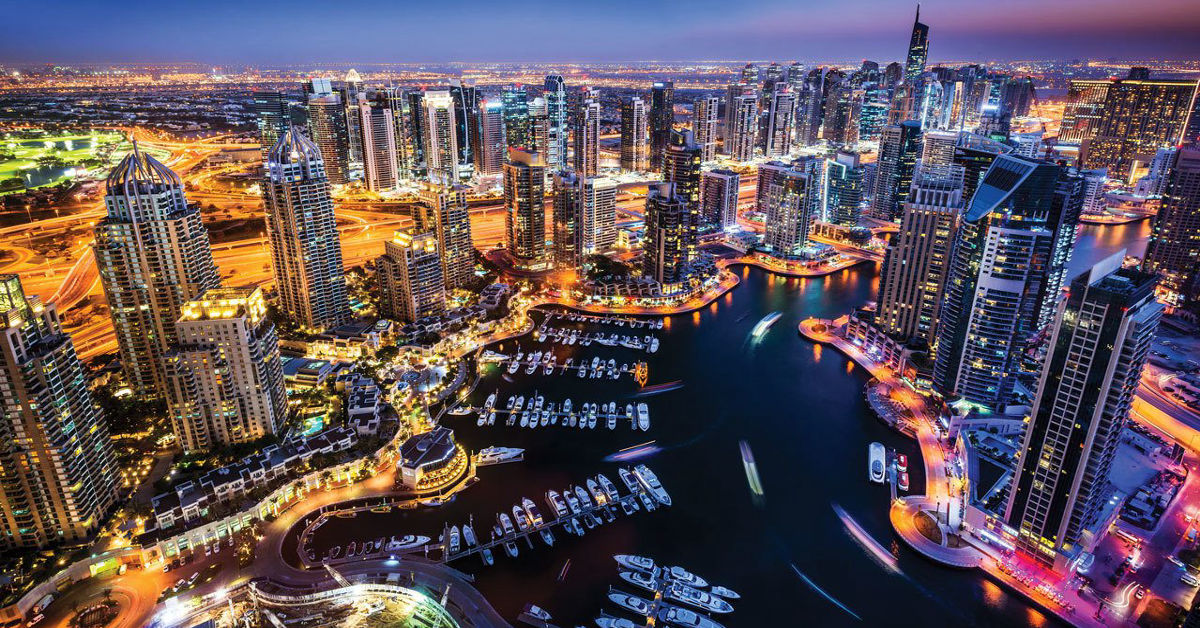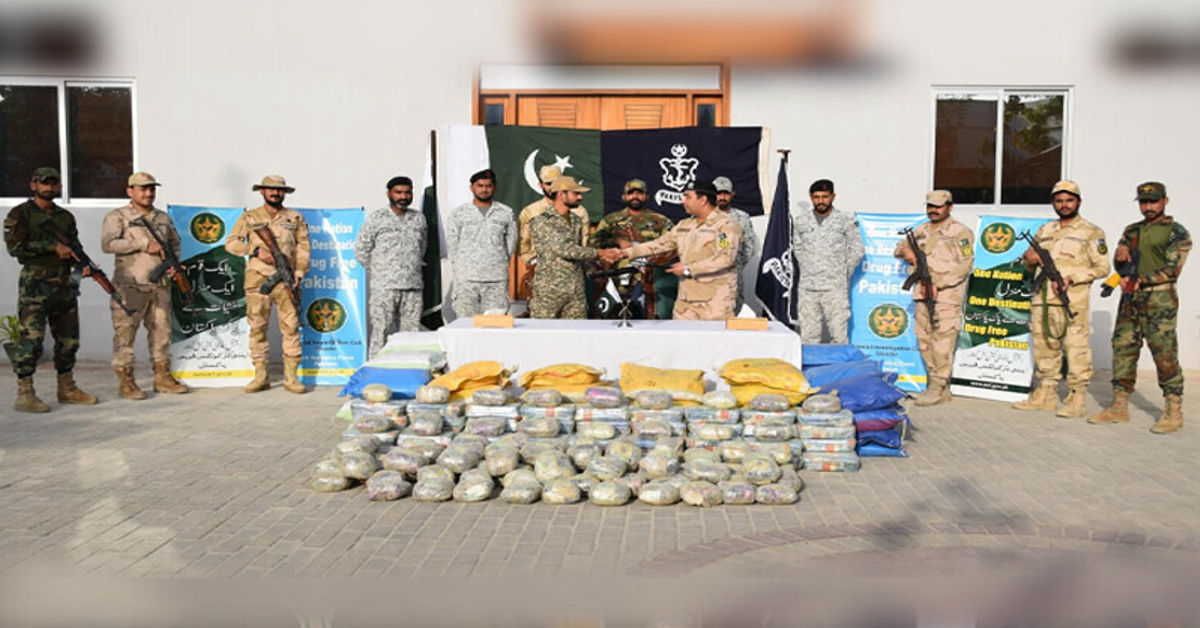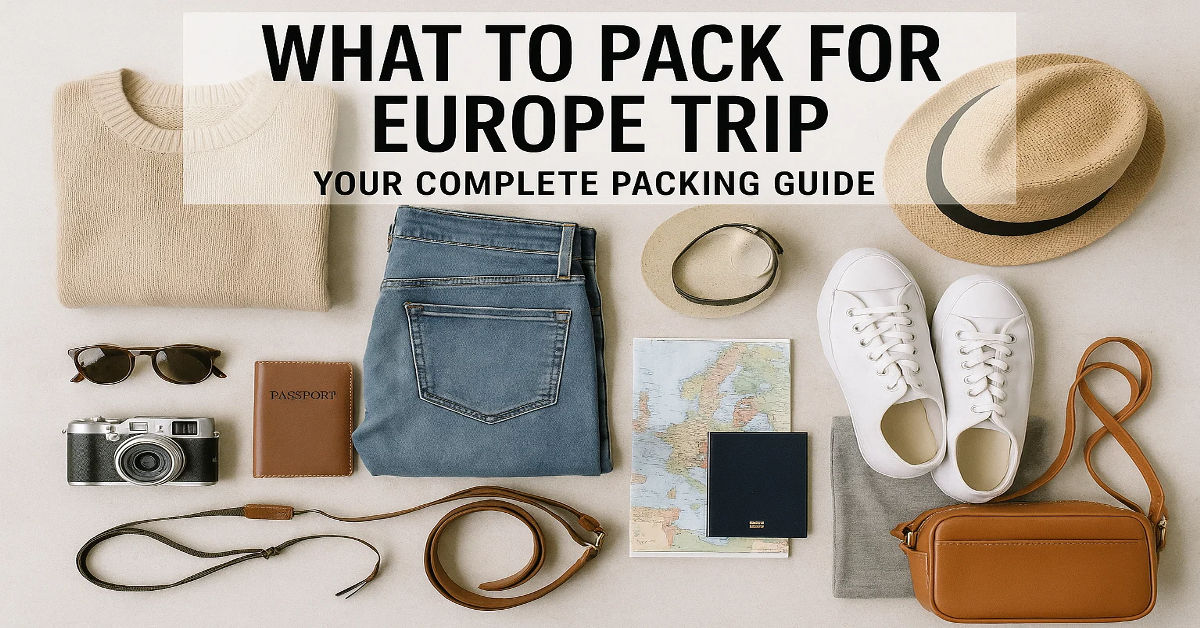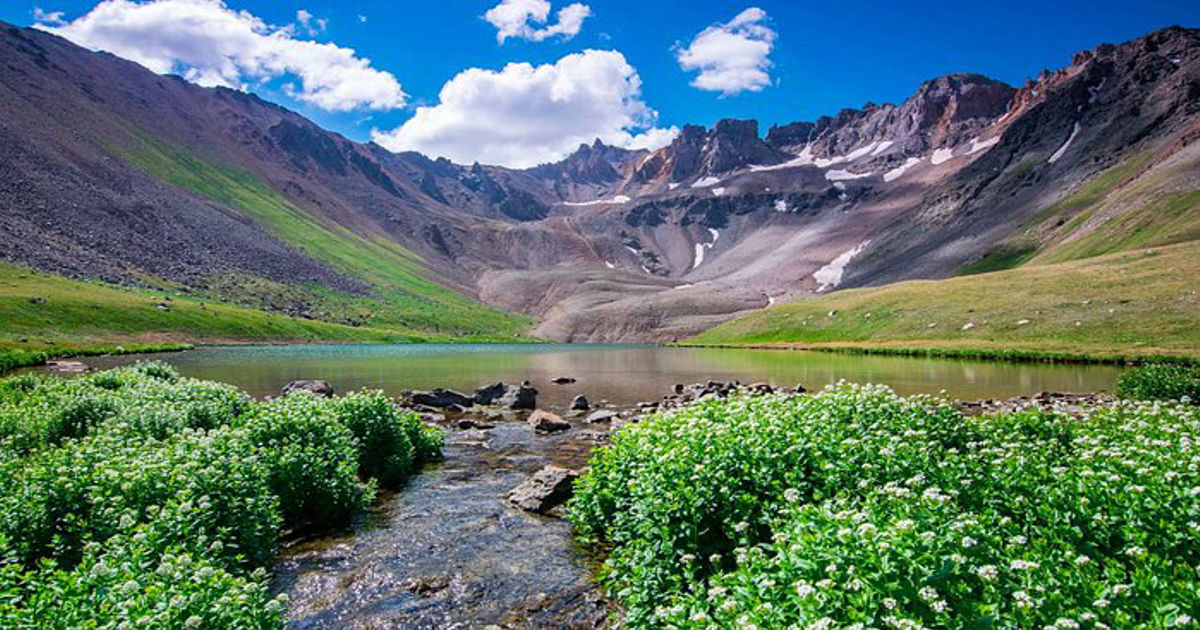
Tucked away in the stunning Mt. Sneffels Wilderness area, the hike to a series of pristine alpine lakes offers one of the most rewarding adventures in the state. If you’re searching for jaw-dropping scenery complete with jagged peaks, vibrant wildflowers, and impossibly turquoise water, the blue lakes colorado trail is an absolute must-do. As a professional hiking guide with over a decade of experience in the San Juan Mountains, I’ve led countless groups to these unforgettable waters and observed firsthand the unique features and seasonal conditions you’ll encounter. This guide is based on extensive field notes, feedback from other Colorado hikers, and trusted wilderness resources.
Locating the Trailhead and Getting There
The Blue Lakes Trail is located in the Uncompahgre National Forest, nestled between the popular mountain towns of Ridgway and Telluride. The most common way to access the trailhead is via Ouray. From Ridgway, you will drive south on Highway 550 toward Ouray. Just before entering Ouray, turn right onto County Road 7.
Having guided many hikes here, I recommend checking recent road conditions; the initial part is usually passable for passenger cars, but after about 9 miles, rough terrain may require high-clearance 4WD. In the summer, rangers regularly patrol the area and update trailhead notices. If your vehicle isn’t suitable, parking at the lower lot is advised, though it adds two miles and extra elevation gain to your trek.
The Blue Lakes Hike: An Overview
The journey to these magnificent alpine lakes is as beautiful as the destination itself. The trail to the Lower Lake is the most popular part, covering roughly 3.1 miles one way with 1,600 feet elevation gain (verified with topographical GPS apps and USGS maps). The trail begins among aspen and pine, crossing East Dallas Creek by log bridges. As a seasoned hiker, I suggest starting early summer thunderstorms are common, and mornings offer solitude.
The full blue lakes colorado experience includes visiting all three lakes. From the Lower Lake, continue up a rocky, well-marked trail for about a mile to reach the Upper Lake with an additional 800 feet of climbing. More advanced hikers can follow a faint route toward Blue Lakes Pass for a sweeping view of this dramatic glacier-carved basin. Total hiking distance for all lakes rounds out to 8.7 miles, with over 2,400 feet of elevation gain. Local guidebooks such as Colorado’s Best Wildflower Hikes echo these stats and highlight this route’s appeal.
Trail Difficulty and What to Expect
Expect a moderate to strenuous outing, as consistently described in official resources and local guides. The route is in good condition but is relentlessly uphill, with numerous switchbacks, rocky sections, and creek crossings. Altitude is the major challenge. The trailhead starts at 9,350 feet and reaching the Upper Lake involves climbing well above 11,700 feet.
As someone who regularly helps flatlanders acclimatize, my advice is: spend a day or two in Ridgway or Ouray before attempting the full route. The climb to the Upper Lake rewards persistent hikers, but the terrain is steep and often loose sturdy proven boots and hiking poles are strongly recommended. Always inform someone of your plans, and use real-time weather apps for safety.
Best Time to Visit: Seasons in the San Juans
Local expertise and historical weather data indicate that the trail remains snow-covered until late June. The window for peak wildflowers is mid-July through early August. This period creates world-class photographic opportunities columbines, Indian paintbrush, and lupines thrive here.
If visiting in September, you’ll be greeted by golden aspen groves and, occasionally, early snow. My personal favorite time to visit is late July: wildflowers at their peak, long daylight hours, and accessible trail conditions. For up-to-date forecasts, use the National Weather Service Ridgway Weather and check trip reports on hiking forums like 14ers.com.
Permits, Parking, and Camping Regulations
Currently, day hikes do not require permits, a detail confirmed through the US Forest Service and recent ranger conversations. However, trailhead parking fills by sunrise on weekends arrive by 7:00 AM or earlier for best results. Note that the lot at the upper trailhead is limited; officers will ticket vehicles parking off designated areas to protect fragile vegetation.
Dispersed camping is allowed, but follow regulations: set up at least 100 feet from lakes, streams, and trails. Due to heavy use, fires are strictly prohibited, and camping stoves must be used for cooking. Practicing proper bear safety with food storage is non-negotiable here. The journey to blue lakes colorado is unforgettable responsible camping ensures this wilderness remains pristine for the next generation.
Safety and Essential Gear Checklist
Based on years of experience in the San Juans, I emphasize these safety essentials:
- Altitude Sickness: Begin hydrating and ascending gradually; turn back if headaches or dizziness persist.
- Weather: Mountain storms can develop suddenly! Always carry and use rain gear lightning above treeline is dangerous.
- Hydration/Nutrition: Bring a minimum of 3 liters per person and a proven water filter. Carry high-calorie snacks and a map, compass, or GPS.
- Footwear: Supportive, waterproof hiking boots with solid tread are a must trail conditions range from muddy to rocky throughout the season.
- Emergency Preparedness: Always carry the ten essentials (see REI’s expert checklist) and know basic first aid.
I recommend leaving a detailed trip plan with someone not on your hike.
Photography and Leave No Trace Principles
As a guide and landscape photographer, I urge you to respect both the view and the alpine ecosystem.
- For best photos, hike early for glassy lake reflections or stay overnight for sunset and sunrise shots.
- Use wide-angle and polarizing filters to accentuate the vivid turquoise waters and wildflower fields.
- Always practice official Leave No Trace principles:
- Pack It In, Pack It Out: All trash, food scraps, and toilet paper.
- Stay on Trial: To preserve fragile alpine plants.
- Respect Wildlife: Maintain distance; never feed.
- Silence Is Golden: Let everyone enjoy the serenity of the wilderness.
Conclusion
The hike to the Blue Lakes is a quintessential Colorado adventure, recommended by local guides, national park experts, and countless outdoor enthusiasts. From forests and meadows bursting with color to the breathtaking reveal of the glacier-fed lakes, this trail is one of the state’s crown jewels. Whether you’re an experienced backpacker or a high-mountain newcomer, standing at the edge of blue lakes colorado with Mt. Sneffels in the background is truly unforgettable. Remember: careful preparation, responsible outdoor ethics, and a sense of wonder are your keys to an amazing and safe adventure.
Frequently Asked Questions (FAQs)
1. Can you swim in the Blue Lakes?
While technically permitted, these glacial lakes stay near freezing year-round. Prolonged swimming is unsafe due to cold shock stick to dipping your toes or a brief wade.
2. Are dogs allowed on the Blue Lakes Trail?
Yes, dogs are welcome but must be leashed at all times. Please keep your pet on established paths and clean up all pet waste to protect wildlife and plant life.
3. What makes the lakes so blue?
The vibrant color is created by fine glacial silt (“rock flour”) suspended in the water, which reflects light and gives the lakes their striking turquoise hue.
4. Where can I find current trail and road conditions?
Before you go, check updates from the US Forest Service, 14ers.com forums, or recent trip reports on AllTrails.
5. Is the hike suitable for beginners?
While the lower lake is accessible to strong beginners, the elevation, steepness, and altitude make the full trek best for hikers with some mountain experience. Go at your own pace, watch the weather, and turn back if needed for safety.



